Retirement planning is not just crucial for today’s investors but also a topic that demands well-informed decision-making. Having said that there are investment options available for an investor like mutual funds, NSC, SCSS, NPS, and so on. Almost all investment options have one thing in common i.e. tax saving while calculating the tax liability. One such investment category is PPF and VPF. Both are popular tax saving options under section 80C of the income tax act. Both have a few differences of which many investors are unaware. Now before you proceed with your investment decision let us first take a glance on VPF vs PPF. This article will help you compare as well as understand how to choose among both options.
What is Voluntary Provident Fund (VPF)?
Voluntary Provident Fund (VPF) is an extension of employee provident fund EPF. The eligible organizations or companies must ensure their employees contribute 12% of their basic salary towards PPF. The eligible organizations or companies must also contribute to the EPF employer’s contribution. Now, the employees may voluntarily choose to contribute over and above the mandatory minimum PPF contribution. This voluntary investment towards provident fund is known as voluntary provident fund VPF. The employer’s contribution will remain changed.
The VPF contributions are deposited in the employee’s provident fund account and earn the same interest rate. Since there is no upper limit on VPF an investor can invest as much amount as he/ she wants. Furthermore, an employer cannot force an employee to contribute towards VPF.
Now, that you know what a VPF is exactly you will be able to better differentiate between VPF and PPF over VPF vs PPF
What is Public Provident Fund (PPF)?
Public Provident Fund PPF is one of the most common and popular tax saving investment options. The investment made under PPF is eligible for a deduction under section 80c of the Income Tax Act, 1961. It is a government-backed investment scheme. Further, the sole objective of providing financial security to investors at their old age. The employees of the unorganized sector, as well as self-employed individuals, can contribute to PPF.
1. The deduction under section 80C is capped to Rs 1,50,000 in a financial year.
2. The minimum investment required is Rs 500 per year whereas the maximum limit is Rs 1,50,000
3. Rate of interest is fixed and reviewed by the Government of India quarterly. Currently, the PPF interest rate is 7.10% p.a..
4. However, only a resident of India can contribute towards PPF
What is Employee Provident Fund (EPF)?
Employee provident fund was created with the purpose of providing financial security to employees. Here the employees save a fraction of their salary every month that they can use later during their retirement. Every employee must mandatorily contribute towards EPF. However, the employee must be working in an organization registered under the Employees’ Provident fund Organization (EPFO).
1. The employee contribution is 12% of their Basic + Dearness Allowance
2. Registration is mandatory for organization employing more than 20 employees
3. The basic salary must be more than Rs 6291 per month
4. Moreover, the entire contribution is allowed as deduction under section 80C of Income Tax Act, 1961
Comparison between EPF, VPF and PPF
Now that we understand each investment option, let us compare VPF with PPF. The following table will help us understand the advantages and limitations of VPF vs PPF.
| Features | EPF | VPF | PPF |
| Who can Invest | Employees working in an eligible organization | Employees working in an eligible organization | Any Indian Resident |
| Employer Contribution on Basic + DA | 12% | NA | NA |
| Employee Contribution on Basic + DA | 12% | Voluntary | NA |
| Lock-In period | Up to retirement or resignation, whichever is earlier | Up to retirement or resignation, whichever is earlier | 15 years |
| Tax Saving on Investment | Allowed under section 80C | Allowed under section 80C | Available under section 80C |
| Rate of Interest | 8.25% p.a. | 8.25% p.a. | 7.10% p.a. |
| Tax on Maturity | Tax Free | Tax Free | No Tax |
| Loan | Not Allowed Premature Withdrawal Allowed | Not Allowed Premature Withdrawal Allowed | Allowed from the 3rd financial year till the end of 6th financial year |
Read also about the EPF vs PPF
Who should invest in VPF?
The employees working in the eligible organisations can freely invest in VPF without any further requirements of documentation or account opening etc. They easily can make use of the provisions of VPF. Tax saving under 80C is simple and straightforward as the contributions are deducted from the salary and directly deposited to the EPF account.
Who should invest in PPF?
The investors such as self-employed (working in the informal sector), housewives and others who are not eligible for EPF can invest in PPF. Investors looking for a long-term retirement investment option can invest in PPF. The lock-in period for PPF is 15 years. Similar to EPF, PPF also qualifies for tax exemption under section 80C up to Rs 1.5 lakh.
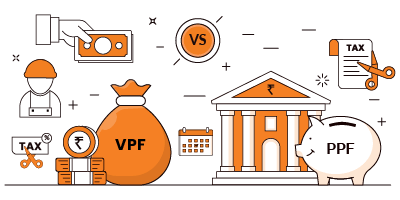











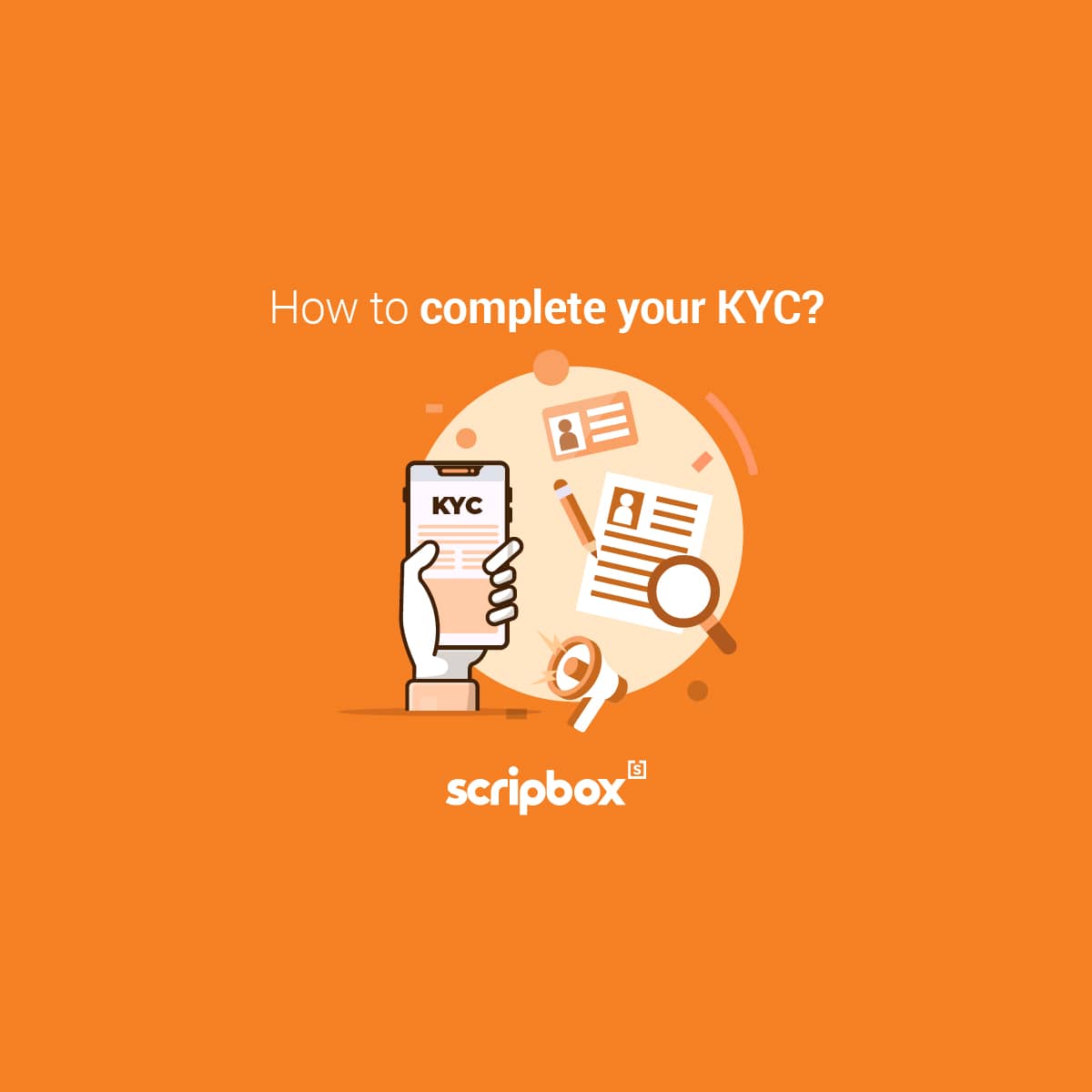
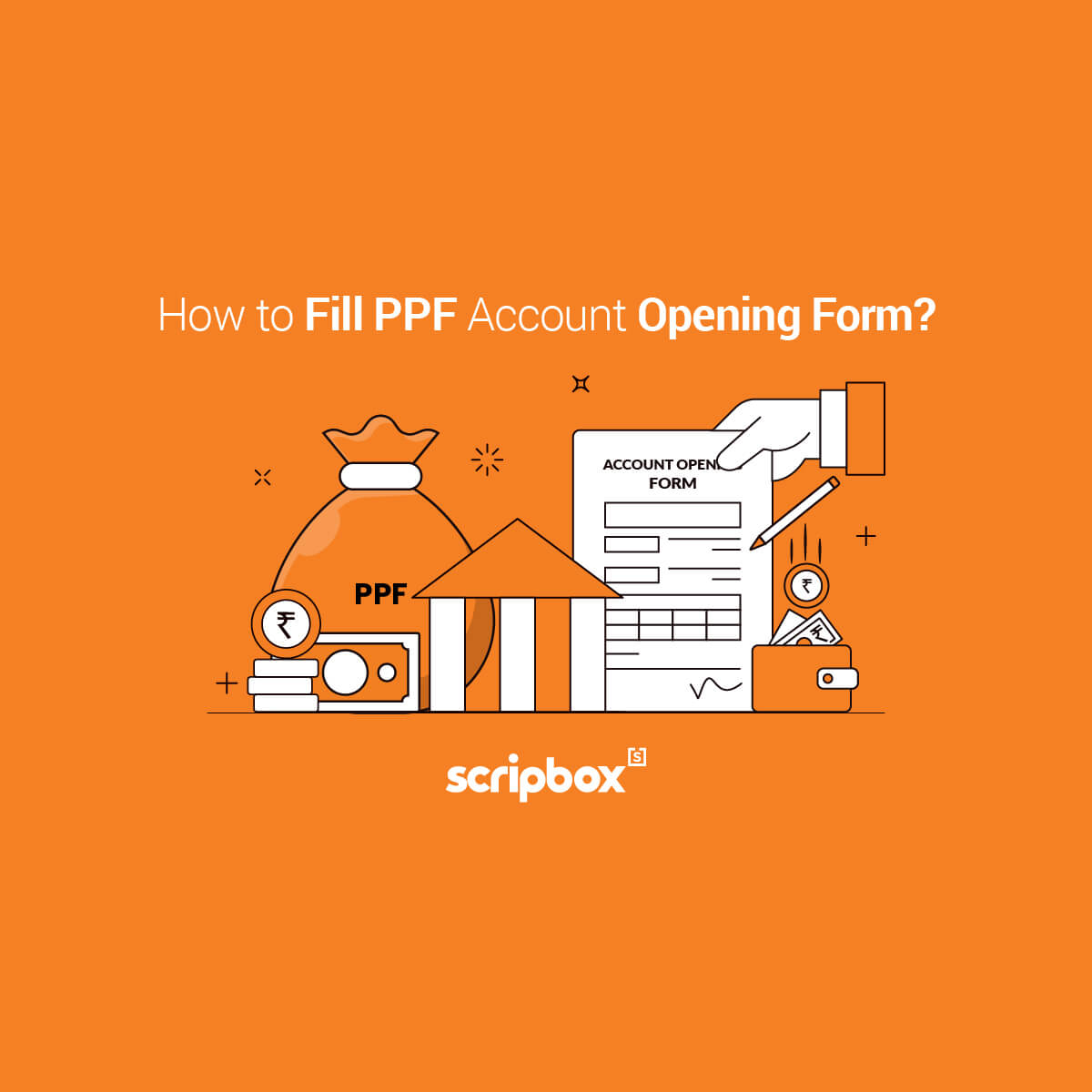

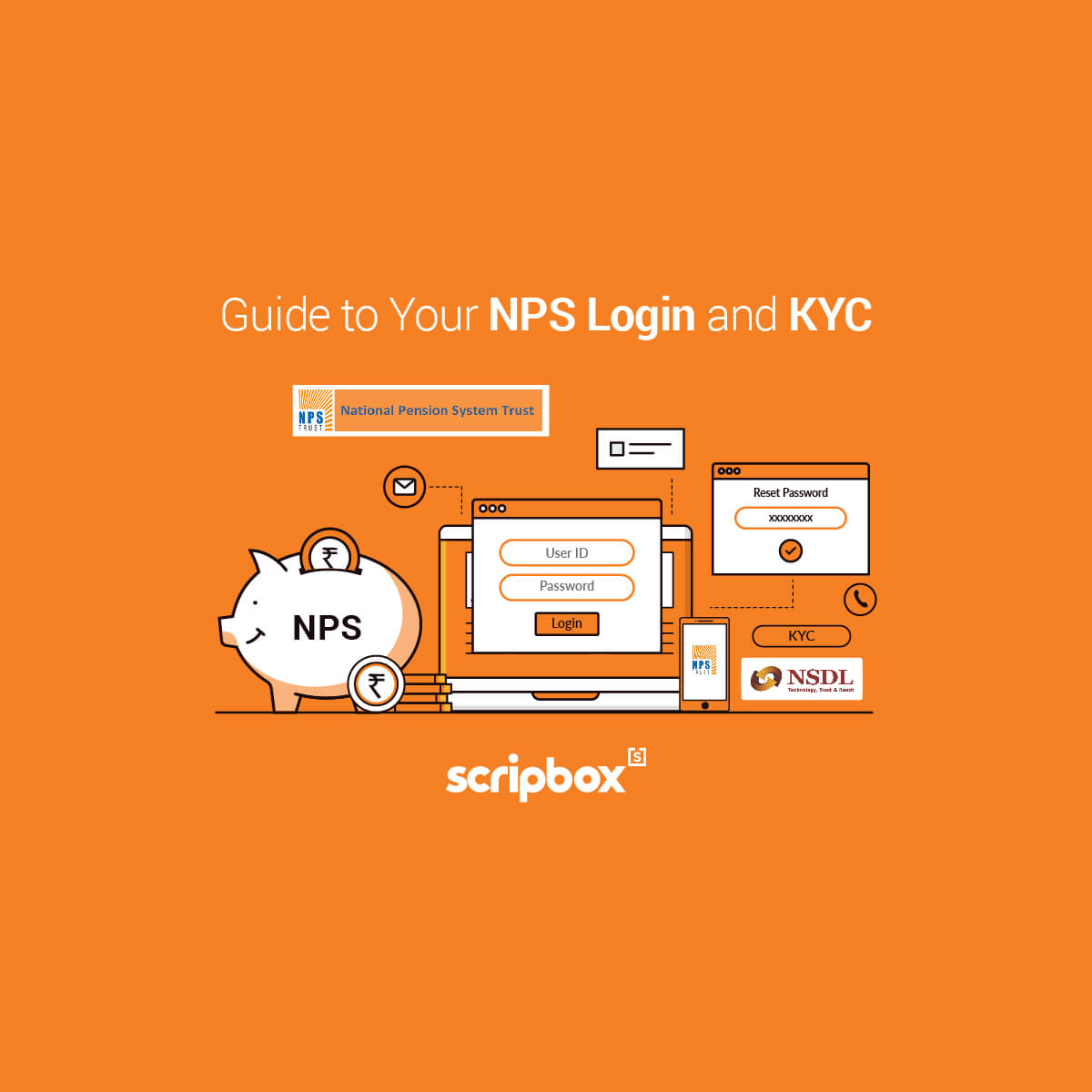
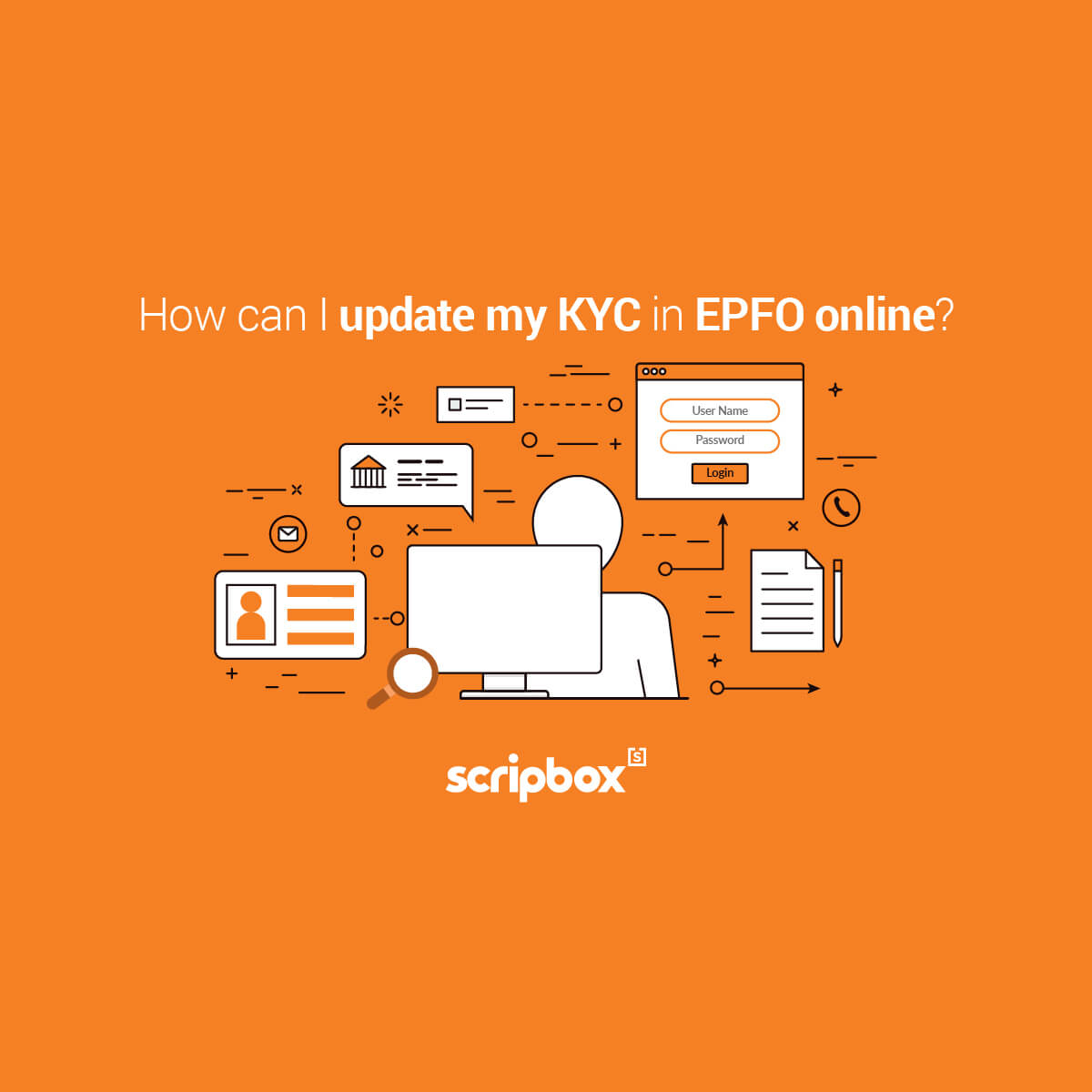












Show comments